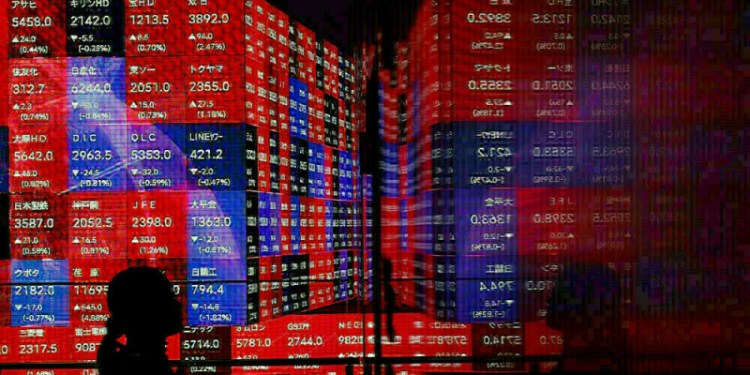LONDON: The euro fell on Tuesday as investors added bets that monetary policy will continue to diverge between the United States and the euro zone, though some strong economic data this week kept the single currency confined within recent trading ranges.
Risk appetite remained buoyant, with the dollar notching up strong gains against the Japanese yen and the Swiss franc while emerging market currencies enjoyed some respite after recent selling by funds.
“We are seeing strong global growth, ebullient commodity markets and low developed country inflation — all ingredients conducive for strong risk appetite,” said Hans Redeker, global head of currency strategy at Morgan Stanley in London.
The dollar rose half a percent to 94.145 against a broad trade-weighted basket of its peers, holding a touch below a 3-1/2 month high of 95.150 hit last week.
Markets expect the US central bank to raise interest rates next month followed by roughly two more hikes next year, while analysts don’t expect another rise in euro zone interest rates until 2019 at the earliest.
The euro meanwhile came under selling pressure
even as data on Monday showed investor sentiment towards Germany climbed to a record high. The euro zone’s biggest economy fueled a brisk economic recovery in the region, where growth was robust in October, according to surveys.
“The market has been long euros for some time now and price action post the ECB suggests that we are seeing a washout in those positions,” said John Marley, head of FX strategy at Infinity International, a currency risk management firm.
The euro edged 0.4 percent lower to $1.1567 and has declined for three consecutive weeks.
Positioning indicators show investors have trimmed their euro long bets since mid-October.
Trading ranges in the single currency have become narrower since the European Central Bank said on Oct. 26 it was cutting back its monthly bond purchases, with the euro remaining in a half percent daily trading range against the dollar.
The general risk-on environment saw flows into some emerging market currencies as carry trades regained favour. Most Asian currencies, with the exception of the Indian rupee gained on Tuesday.
The dollar had been solid after strong US services and factory data released before the weekend backed expectations that the Federal Reserve will raise interest rates next month and tighten further in 2018.
Elsewhere, Australia’s central bank on Tuesday left its cash rate at a record-low 1.5 percent, and it looked likely to remain sidelined for months, with inflation low and debt-laden consumers cautious.
The Australian dollar gained half a percent to $0.7650 after gaining by a similar quantum on Monday against a stronger US dollar.
Source: Brecorder.com




























